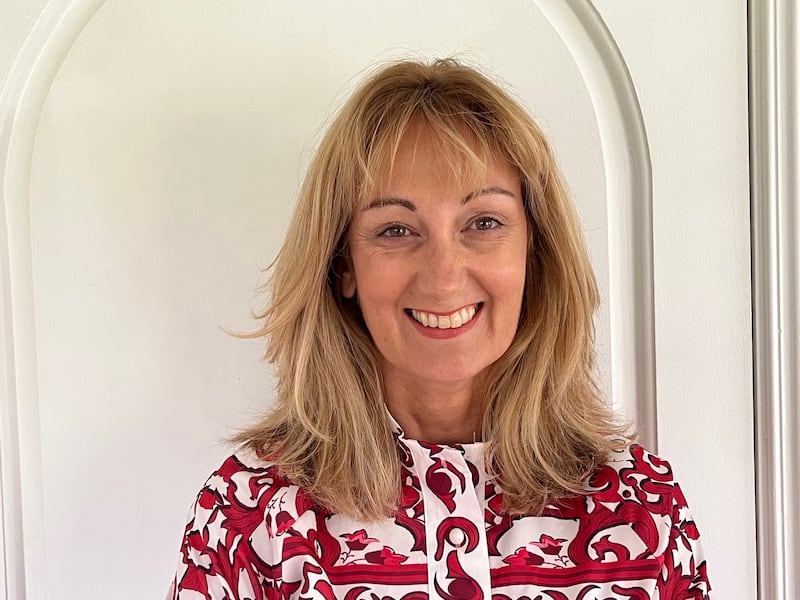American economist Paul Gompers has put a lot of time into studying the impact of diversity on business. He has looked at its effect on innovation and on performance, noting that hard evidence of its connection to the bottom line is not easily come by as pinning down what drives corporate decision making, especially in large organisations, can be difficult.
What Gompers, who is professor of business administration at Harvard Business School, needed was a test group operating within more limited parameters. This led him to the US venture capital industry because it tends to have a flat structure dominated by decision makers and the consequences of their decisions are usually pretty clear to see.
Gompers also chose this sector because its gender and racial composition has changed so little in almost three decades, with women and ethnic minorities hugely under-represented. Interestingly, however, Gompers found that VCs with partners who had daughters were more likely to hire women than companies with partners who had sons.
During research spread over a number of years, the Harvard professor looked at the investment decisions made by thousands of VCs. His findings are revealing. The more alike the teams, the lower their investment performance.
RM Block
[ Advice to older workers: don’t be the office curmudgeonOpens in new window ]
The success rate of acquisitions and IPOs was on average 11.5 per cent lower where partners had shared educational backgrounds (a quarter of all VCs with MBAs were Harvard graduates) while shared ethnicity reduced the investment success rate by between 26.4 and 32.2 per cent.
Writing about his research in a Harvard Business Review paper co-authored with research associate, Silpa Kovvali, Gompers says, “Diversity significantly improves financial performance on measures such as profitable investments at the individual portfolio/company level and overall fund returns. And even though the desire to associate with similar people – a tendency academics call homophily – can bring social benefits to those who exhibit it, including a sense of shared culture and belonging, it can also lead investors and firms to leave a lot of money on the table.”
It’s now widely accepted that diverse teams tend to make better decisions, often because they’re more representative of the wider consumer base.

Karen O’Reilly, founder of flexible working recruitment company, EmployMum/EmployFlex, has noticed an increase in the number of companies approaching her for help with improving diversity within their workforces.
“We are seeing more companies, especially in traditionally male-dominated sectors such as tech and engineering, looking for more female representation. But diversity needs to go a lot wider than ‘just women’ to include a broad representation of society,” she says. “Teams at every level should not just be pale and male, yet many companies that appear to be ticking the diversity box are hiding behind their stats with many more females at entry level than in senior jobs.”
O’Reilly set up her business six years ago to champion the cause of flexi-working as a way of getting more women into the workforce. A lot of the time, she found herself knocking on closed doors. The mass migration to flexible working during the pandemic has changed this, with most companies now accepting the appeal of more flexible working practices to attract and retain talent.
O’Reilly says companies genuinely interested in encouraging diversity need to start by revisiting their recruitment policies to ensure they are inclusive. This may require changes in job descriptions to appeal to a wider candidate base, such as those with disabilities who could work remotely.
“As an employer, are you giving a clear message that you are open to all?” O’Reilly says. “Are there images of diverse employees on your website and your social media channels? Have you shared your EDI [equality, diversity and inclusion] goals and your numbers showing how diverse you are and how more diverse you aim to become?”
[ The retirees heading back to workOpens in new window ]
O’Reilly adds that offering flexible working is an obvious way to become more diverse. Blind recruiting, where all personal details are removed from an application and candidates are recruited on merit, is another.
“Returnships and internships are also a way of reaching out to those who have been out of the workforce for a while. And choosing a diverse interview panel can also help with removing the barriers to inclusion,” she says.
“I’d encourage companies to set realistic targets for diversity that can be measured, evaluated and reported on. From this, it will be possible to gauge progress and determine what other changes need to be made to keep the process moving forward.”
In Gompers’s view, reaping the benefits of diversity means recognising and tackling bias. “When people choose to ignore bias or deny that it exists, they keep seeking out business partners, team members and employees who share their traits, and they miss out on the quantifiable benefits of diversity,” he says.
He also advocates starting early with diversity management practices because it’s easier to build a diverse organisation from the get-go than it is to diversify an existing homogeneous workforce. That’s something for start-ups and entrepreneurs to bear in mind, he says, not least because sociology scholarship shows that already homogenous organisations tend to become even more so as they scale up.
It’s not uncommon for organisations to tap into their employees’ social networks as a way of bringing new talent on board. Gompers cautions against the pitfalls of this approach as people typically associate with those similar to themselves. This means organisations may miss out on recruiting employees from different educational, gender, racial and social backgrounds as a result.



















